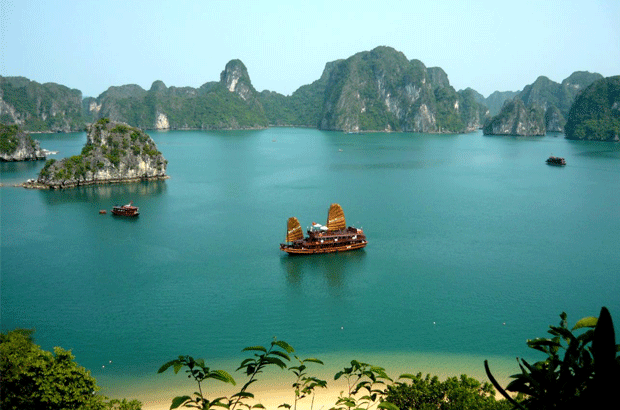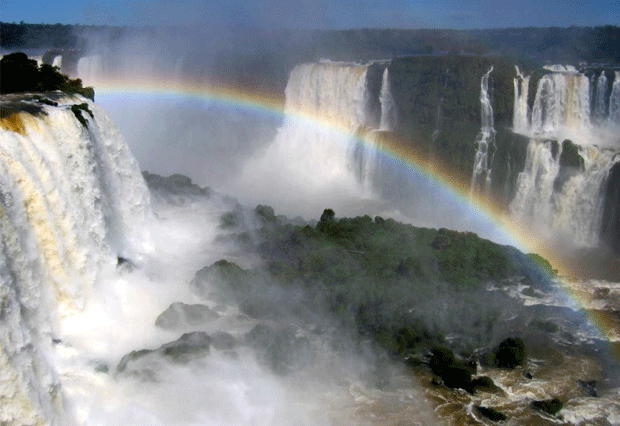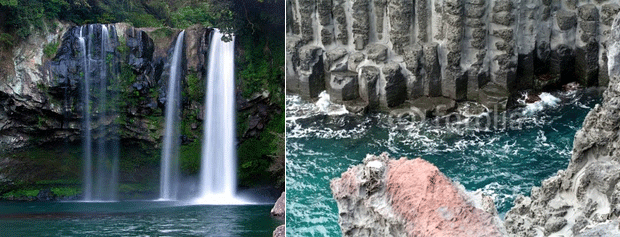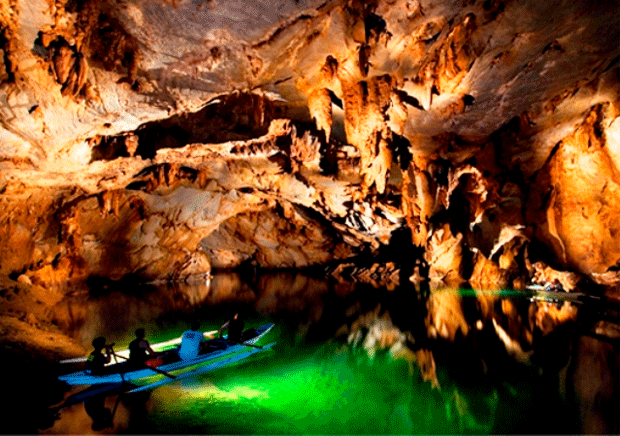|
The results of a poll to determine the New 7 Wonders
of Nature are in. Launched in 2007, the New7Wonders of Nature campaign
is meant to raise awareness of the world most beautiful natural sites.
Using such criteria as unique beauty, ecological significance and
historical legacy, millions of voters took part in the selection. Based
at the Heidi-Weber-Museum in Zurich, Switzerland, the New 7 Wonders
Foundation was founded by Swiss-born Canadian filmmaker and author,
Bernard Weber.
|
|
The Amazon, South America
Covering 1.4 billion acres, the Amazon Basin is spread over nine
countries. The Amazon River has a greater water flow than the next top
10 rivers combined. No bridges span the Amazon River.
|
|
 |
|
Ha Long Bay, Vietnam
In Vietnam's Gulf of Tonkin, Ha Long Bay is dotted with more than 1,600
islands and limestone islets. Steep rocks and thick jungle have helped
the islands avoid human impact -- many contain mysterious grottoes and
caves, the result of 500 million years of formation and erosion.
|
|

|
|
Iguazú Falls, Brazil/Argentina
The Iguazú River drops up to 82 meters over a 2.7 kilometer-wide ledge
of the Paraná Plateau. The waterfalls are accessible from Brazil,
Argentina and Paraguay. The 80-meter Devil's Throat falls sit astride
the border of Argentina and Brazil. Coral trees, butterflies, toucans
and hummingbirds are features of the area.
|
|

|
|
Jeju Island, South Korea
Created from volcanic eruptions two million years ago, South Korea's
Jeju Island is a goldmine for nature and history buffs. It's best known
for mysterious caves, lava tunnels, beaches, temples, waterfalls and
more than 20 national parks.
|
|

|
|
Komodo National Park, Indonesia
Komodo National Park was founded to protect the world’s largest lizard,
the Komodo dragon, a possible cousin of dinosaurs. The island's dry
savannah climate is punctuated by pristine, white sand beaches. Land
fauna is sparse, but even a shallow snorkel swim offshore reveals
bountiful sponges, corals, crustaceans, reptiles and marine mammals.
|
|

|
|
Puerto Princesa Subterranean River, Philippines
Beginning in a crystal clear lagoon at the mouth of a limestone karst
cave on the Philippine island of Palawan, the Puerto Princesa
Subterranean River is the world's largest underground river. The
8.2-kilometer-long river flows through a cave before escaping into the
South China Sea.
|
|
 |
|
Table Mountain, South Africa
South Africa’s Table Mountain is an icon in Cape Town, a magnificent
backdrop for the city, with ocean spread in front. The flat-topped
mountain, formed by six million years of erosion, is home to one of the
world’s most diverse floral kingdoms, with nearly 1,500 species of
flower.
|
|
 |